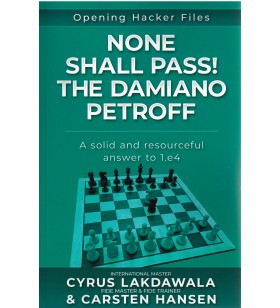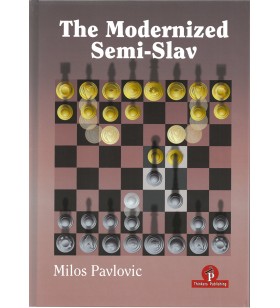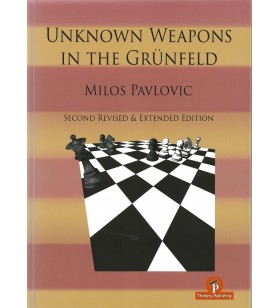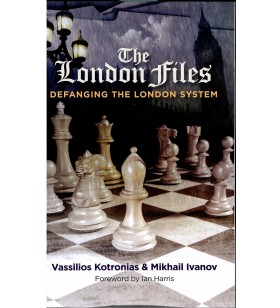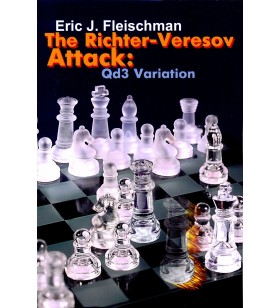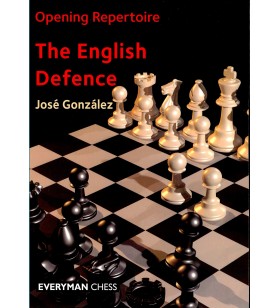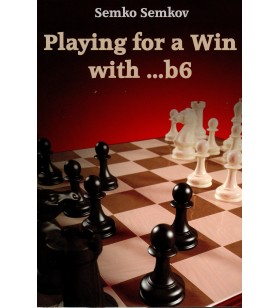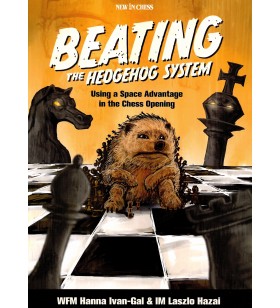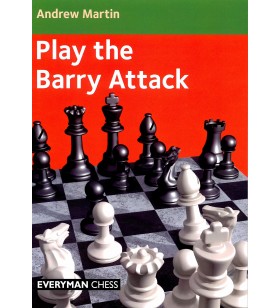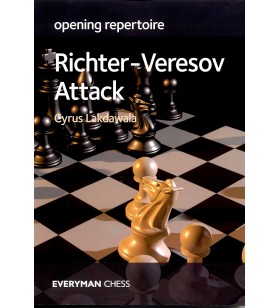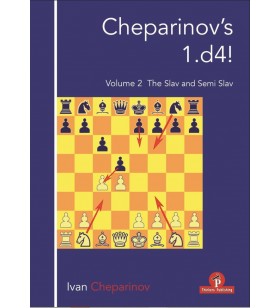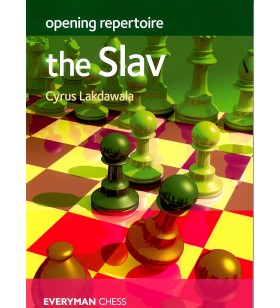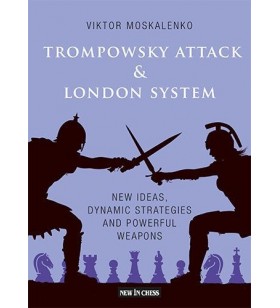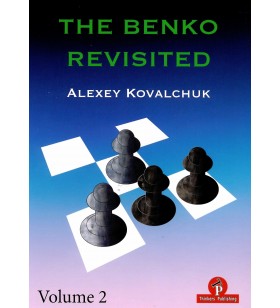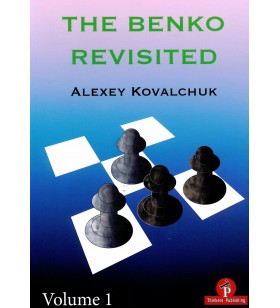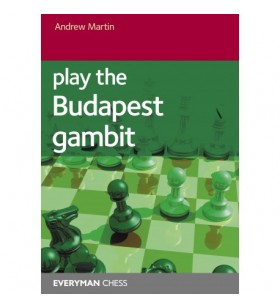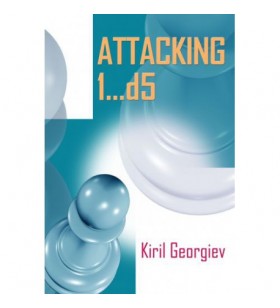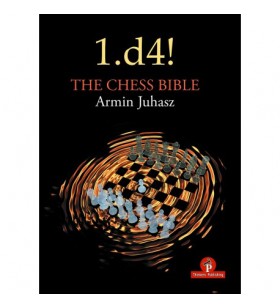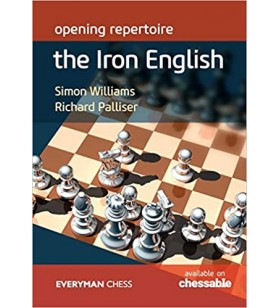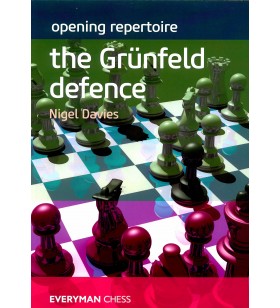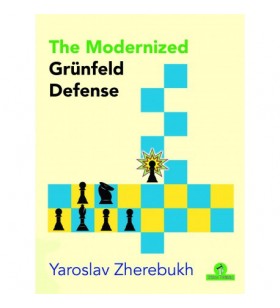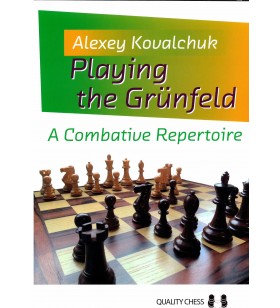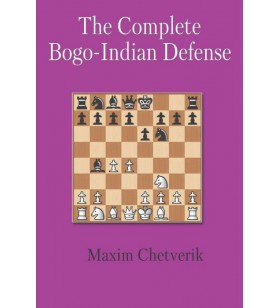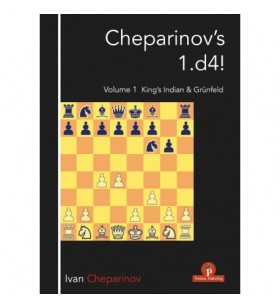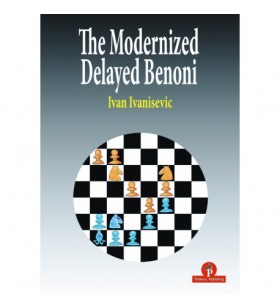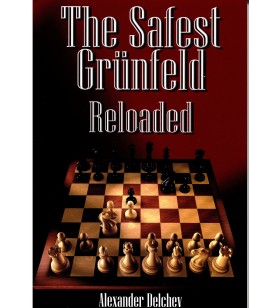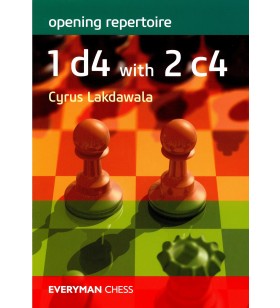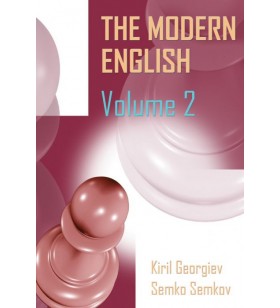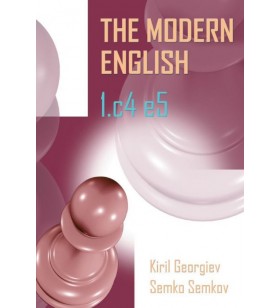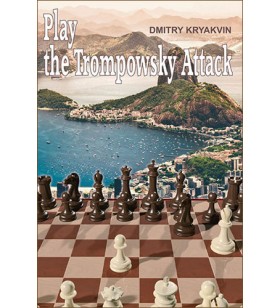Ladwawala/Hansen - None Shall Pass! The Damiano Petroff (A solid and resourcefull answer to 1.e4)
Everyone knows that the Petroff is one of Black's most solid options to King's Pawn openings, which has endured for centuries. Most people DON'T know that the Damiano Variation - a subset of Petroff - is equally sound and not a beginner's trap into which we fell. The lines of the Damiano may be tailored from the same cloth as Petroff, yet they are quite different. One "Damiano-is-bad" critic wrote on my page: "...selling the Petroff Damiano line as a sure-fire draw for Black seems to me to be overselling it." Actually, incorrect. You CAN hold a draw with the Damiano if you are willing to put in some work of learning the critical lines and the defensive ideas. When I began to look deeper into the line, I came to the shocking realization that there is zero reason to believe in the "refuted" verdict since the engines are on the Damiano's side, not White's! 235 pages

 Français
Français Nederlands
Nederlands English
English
